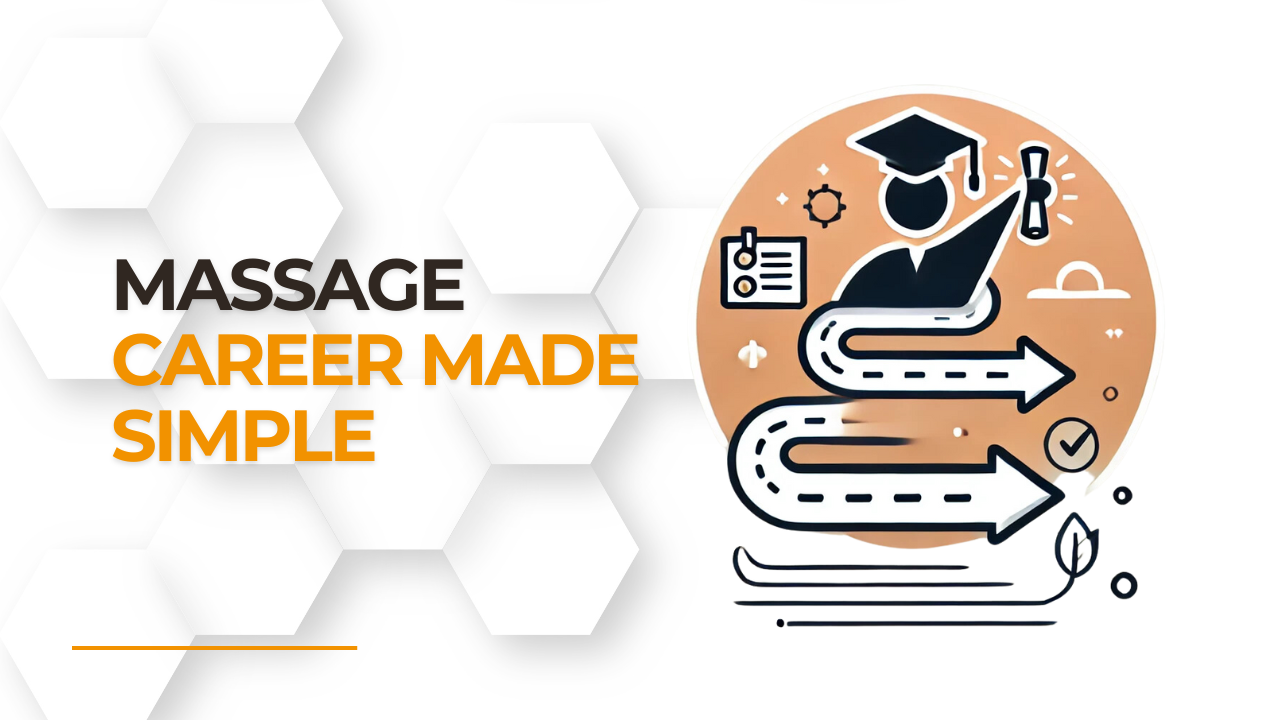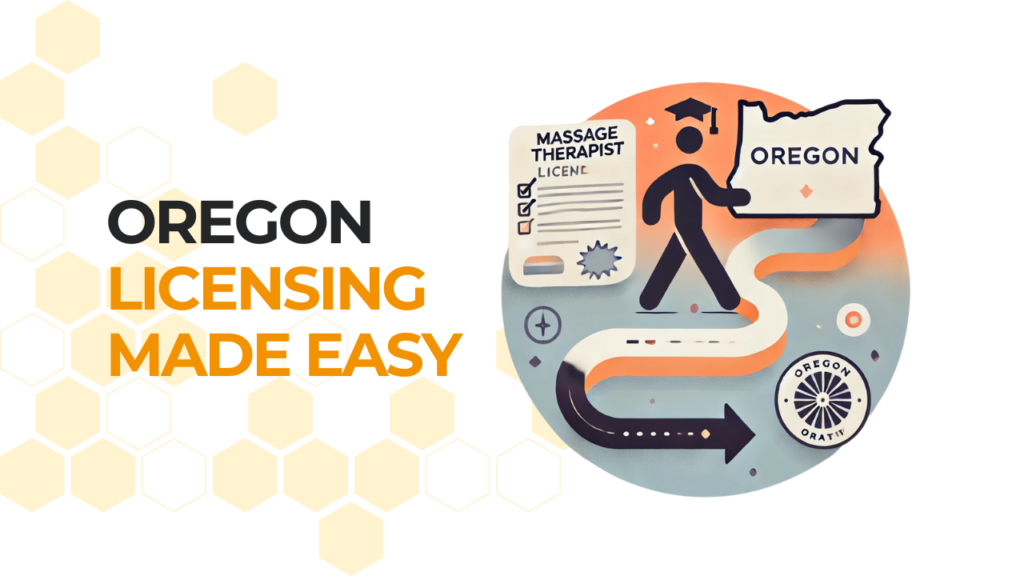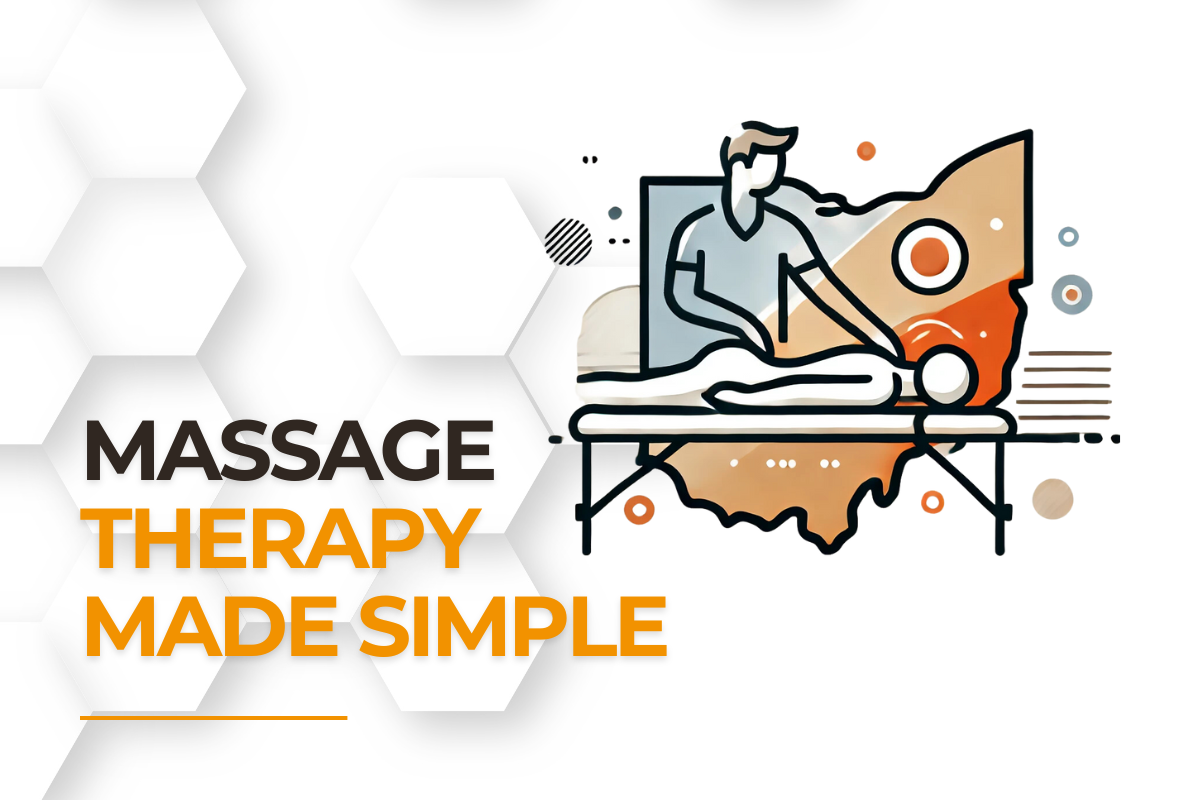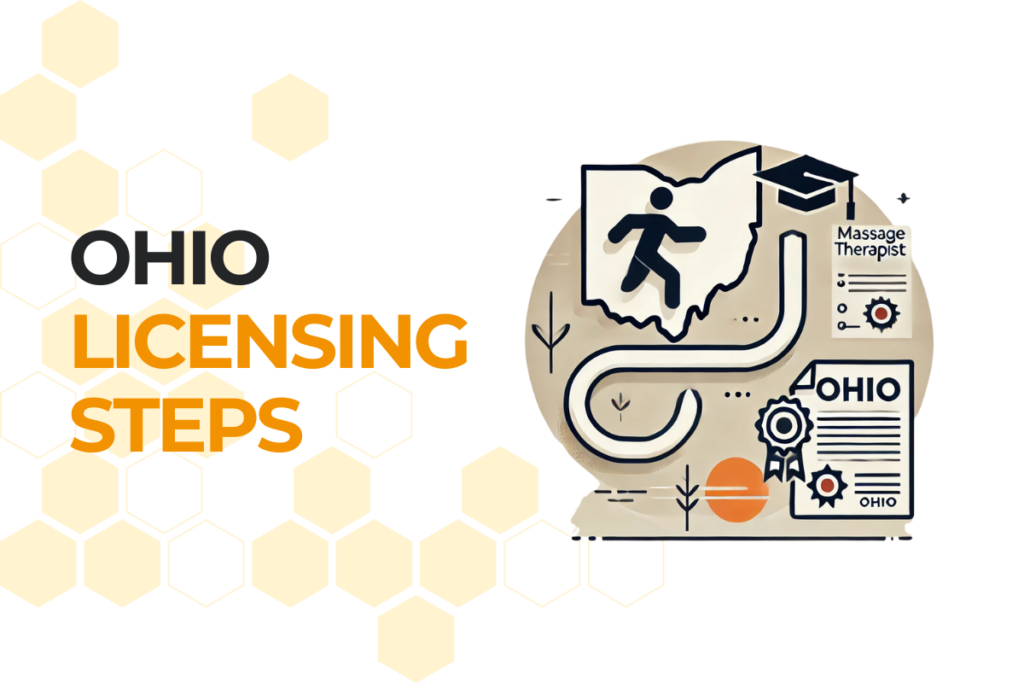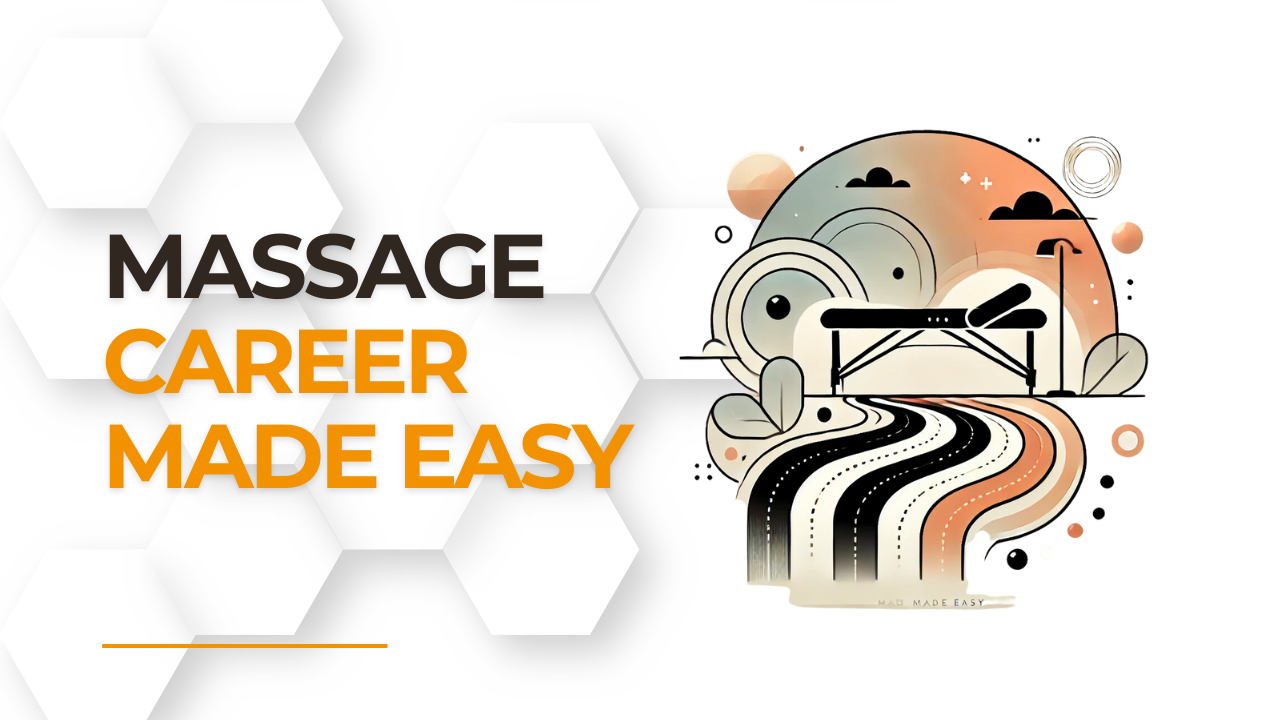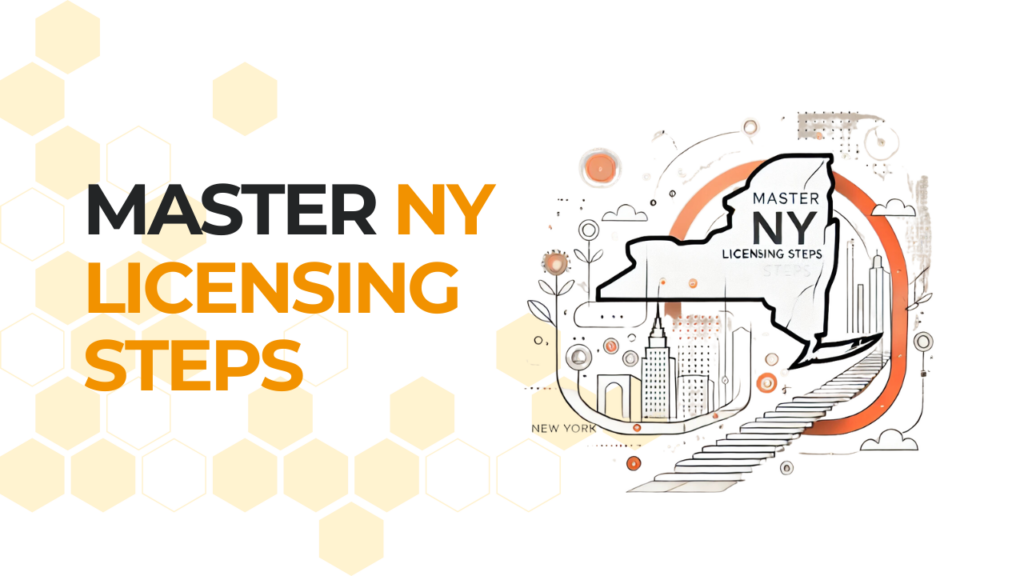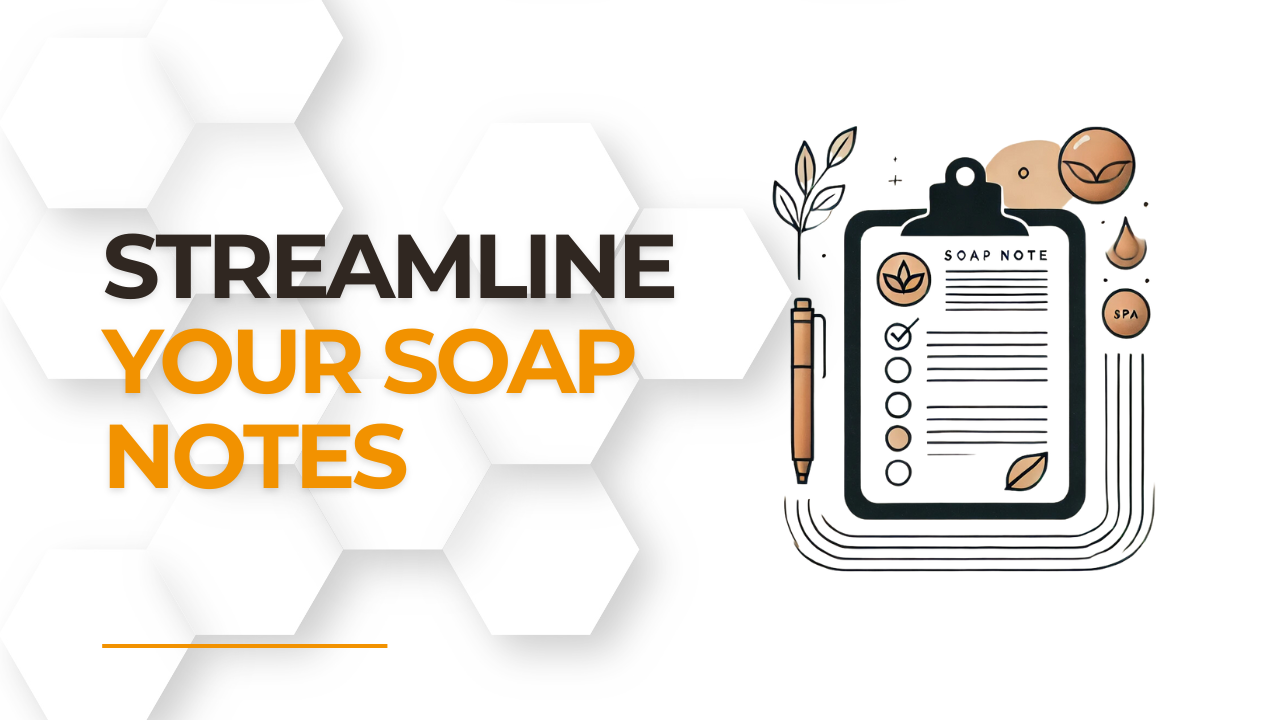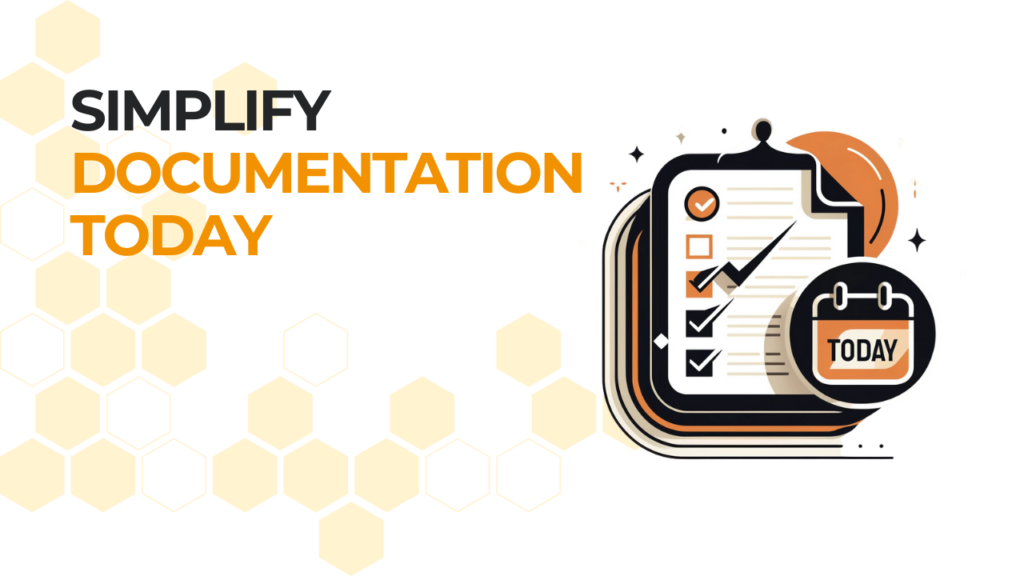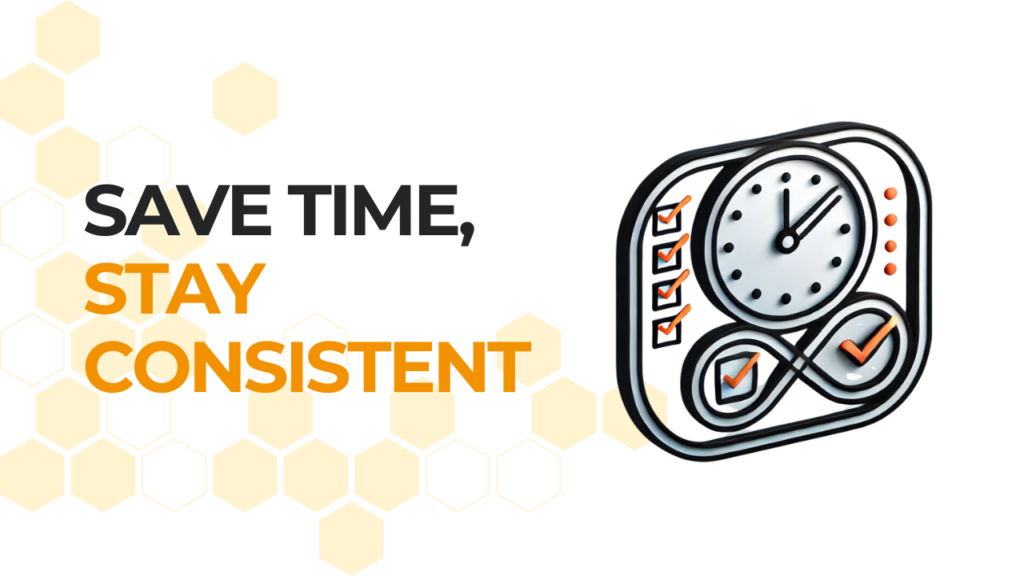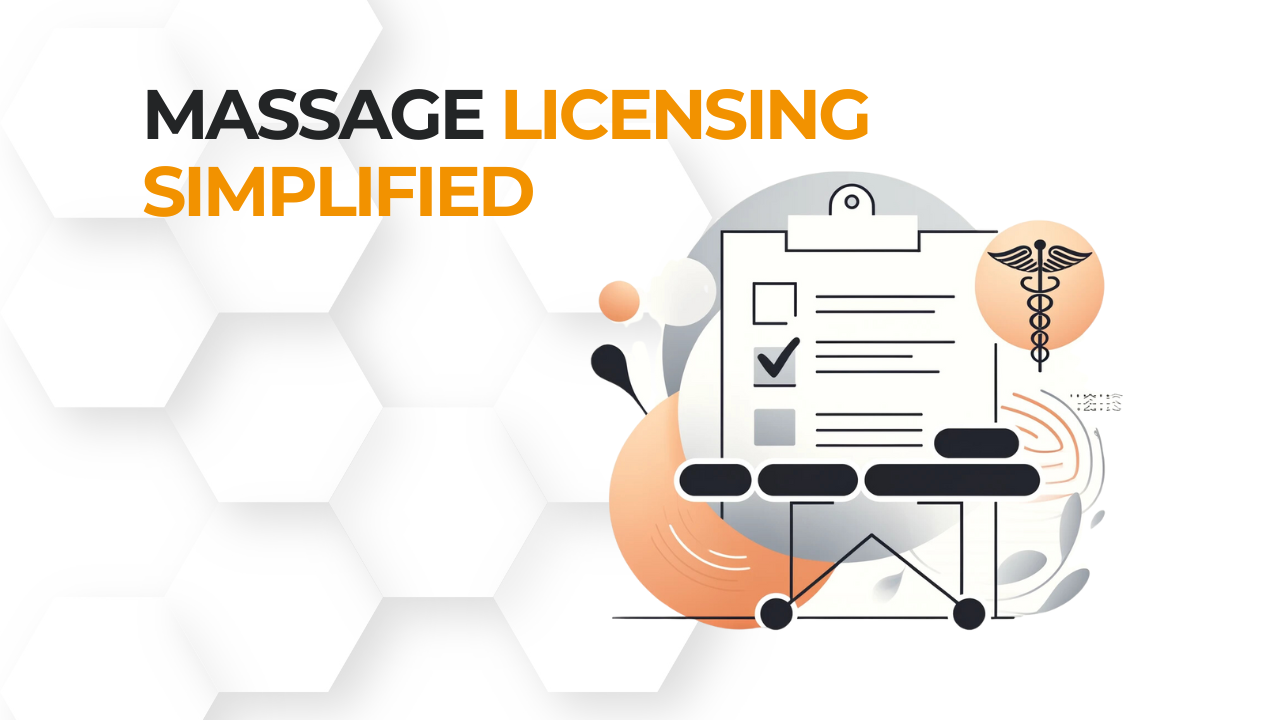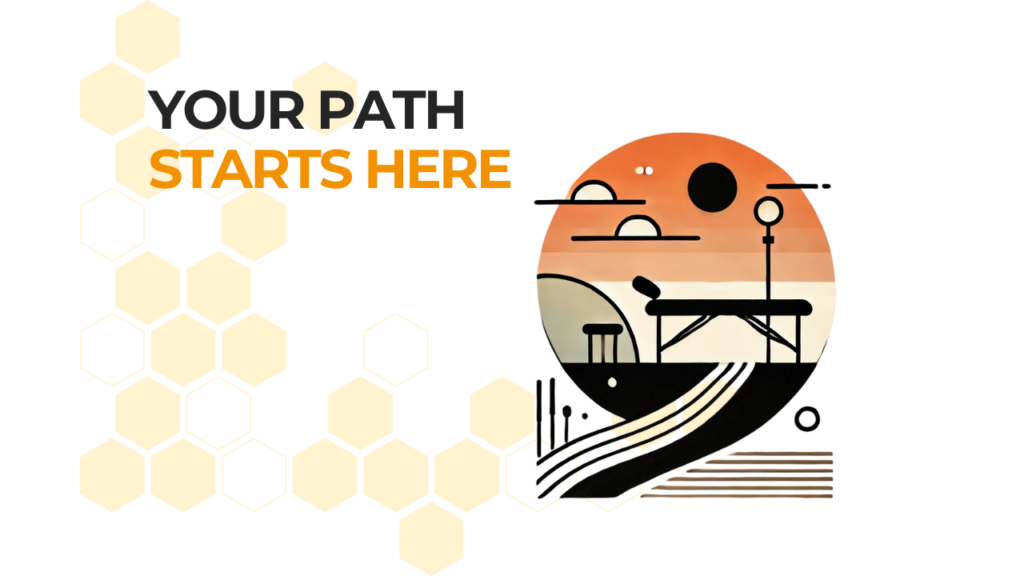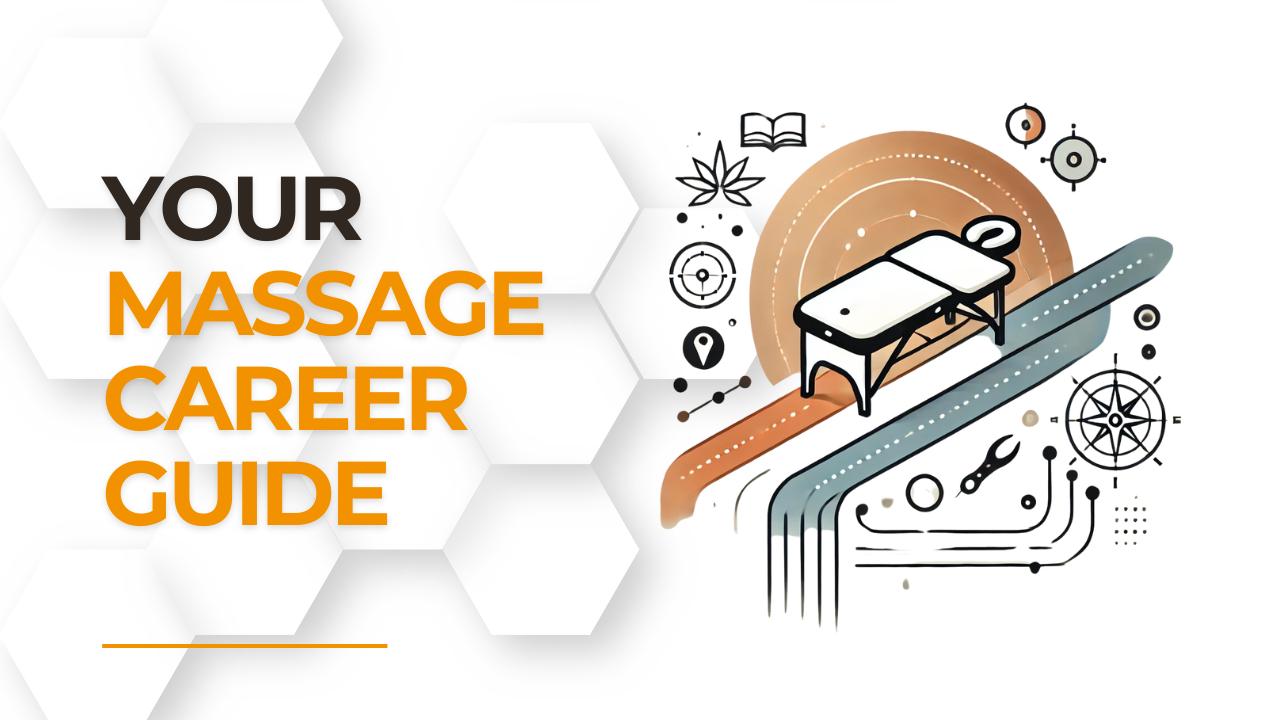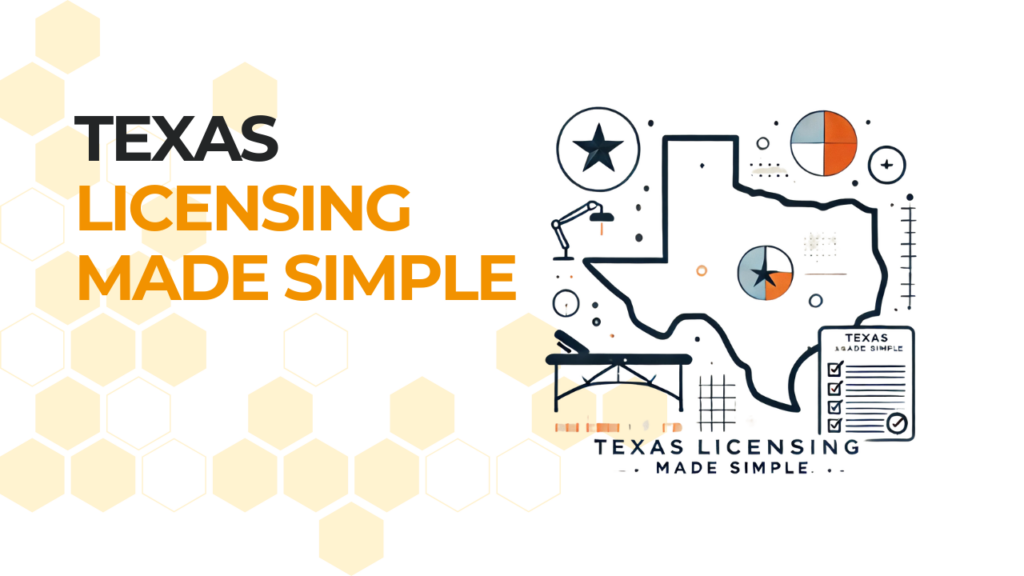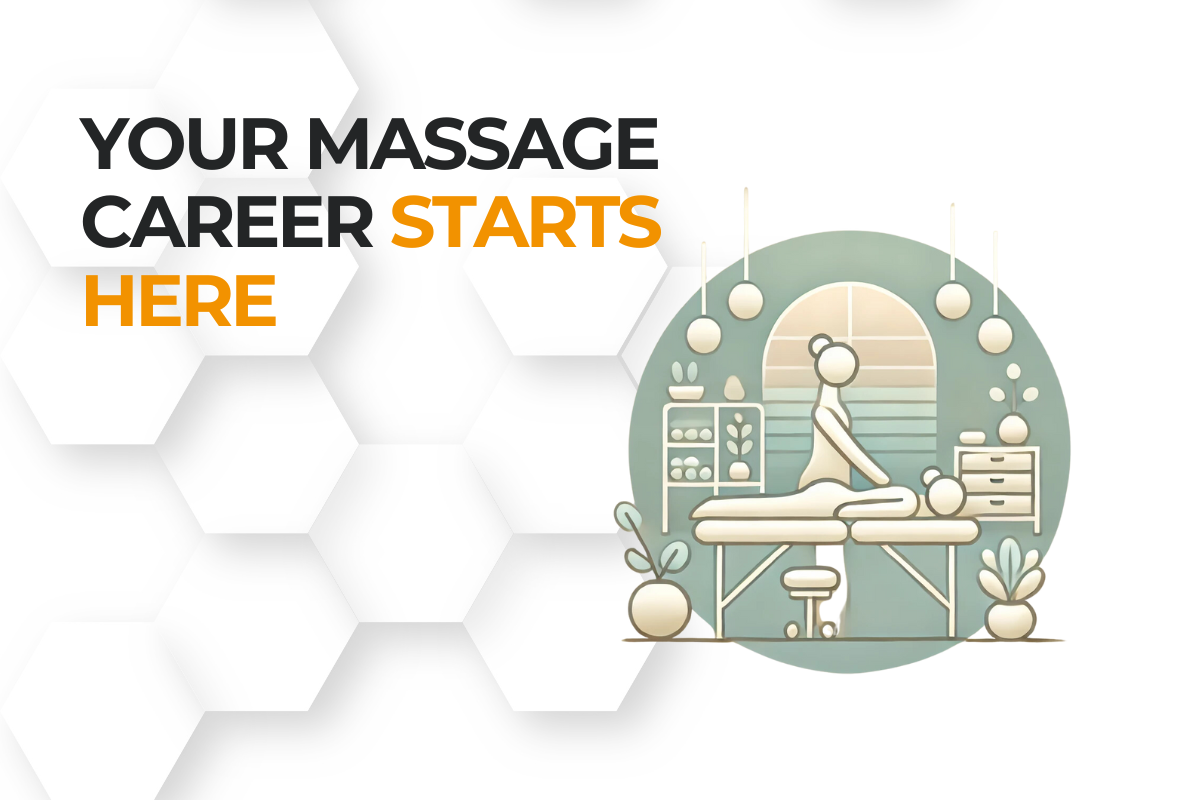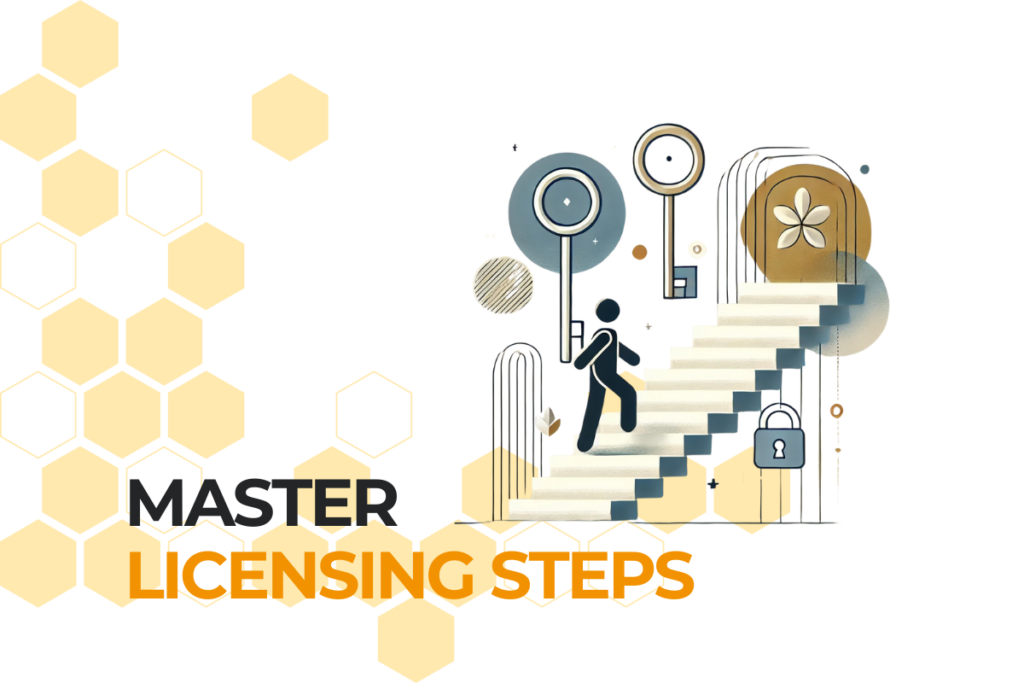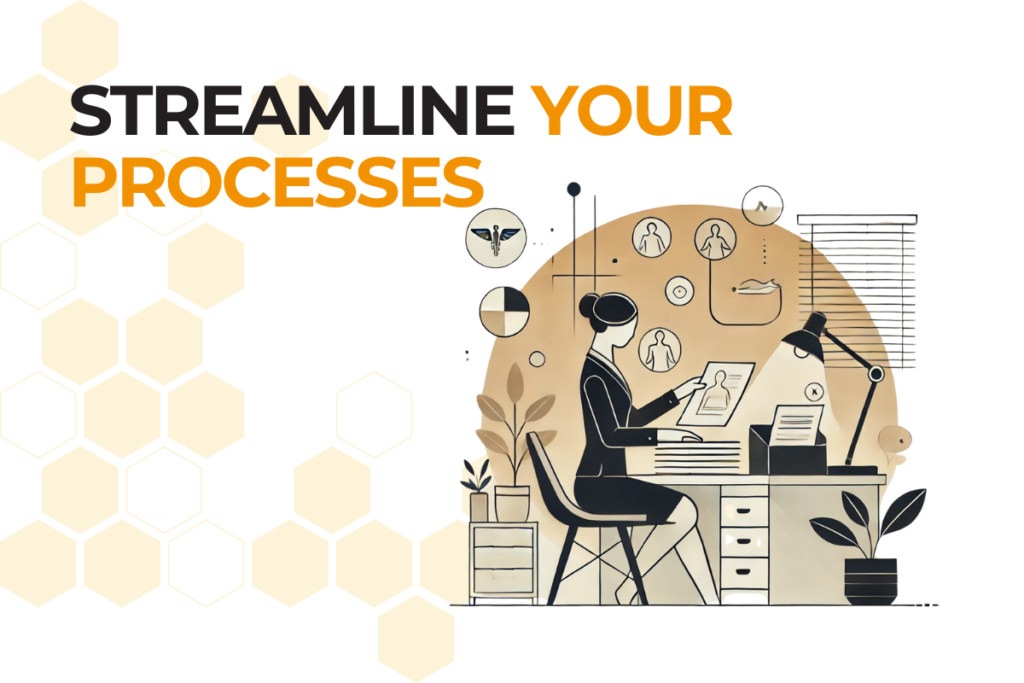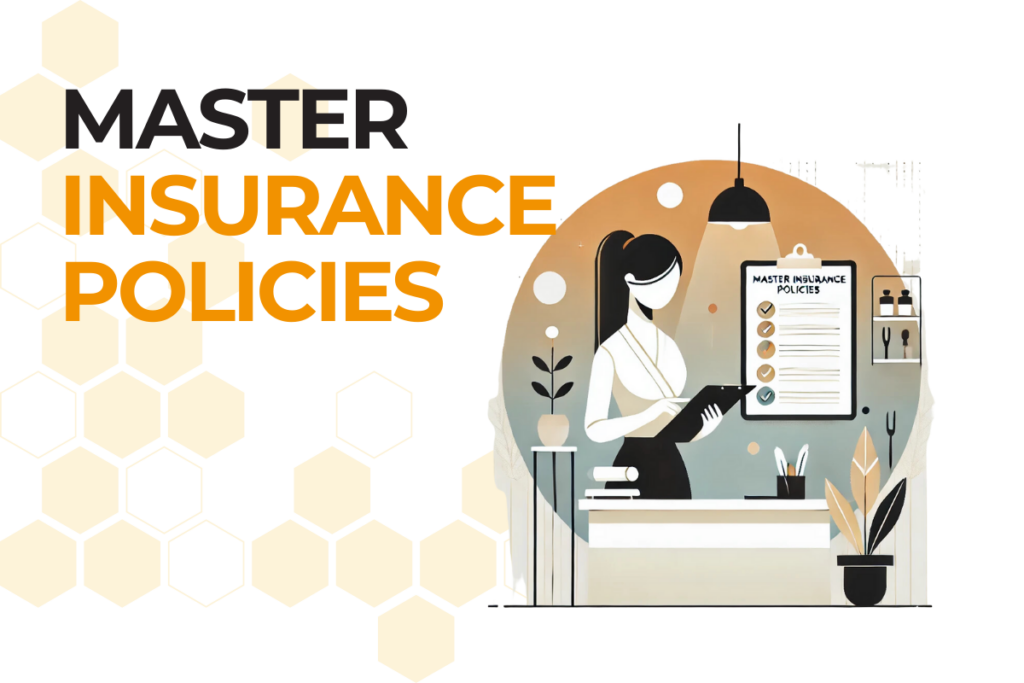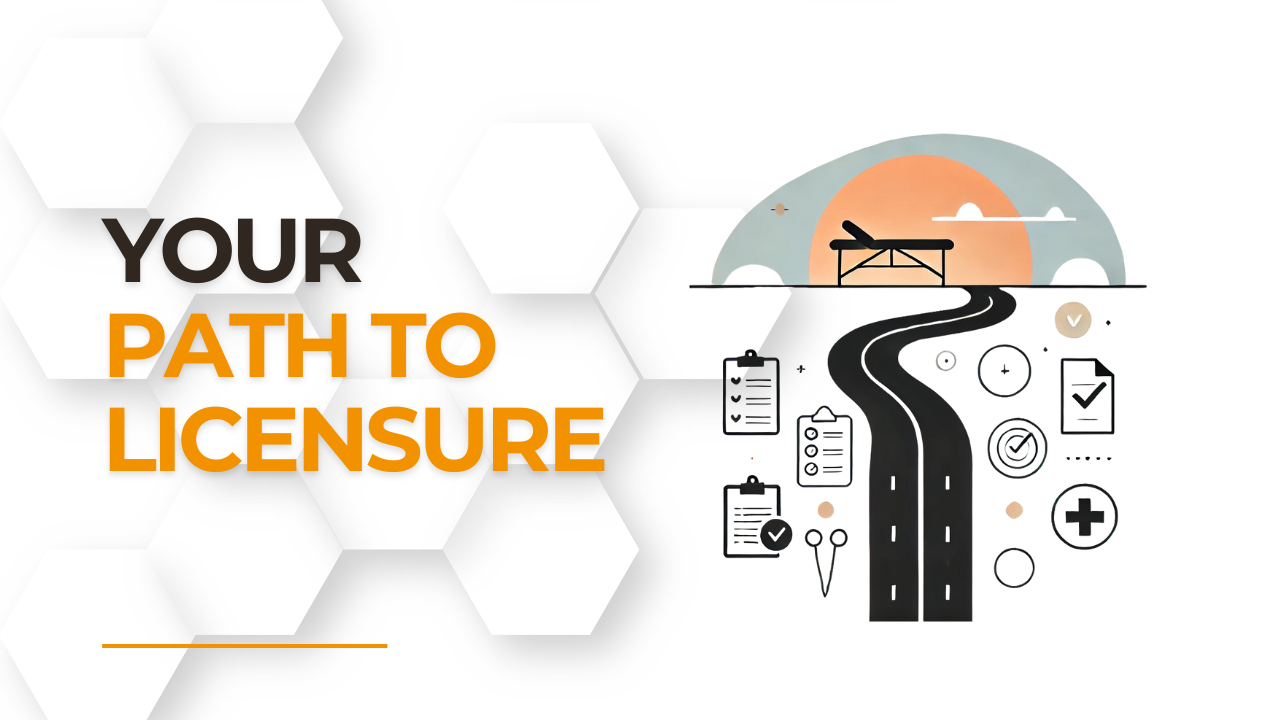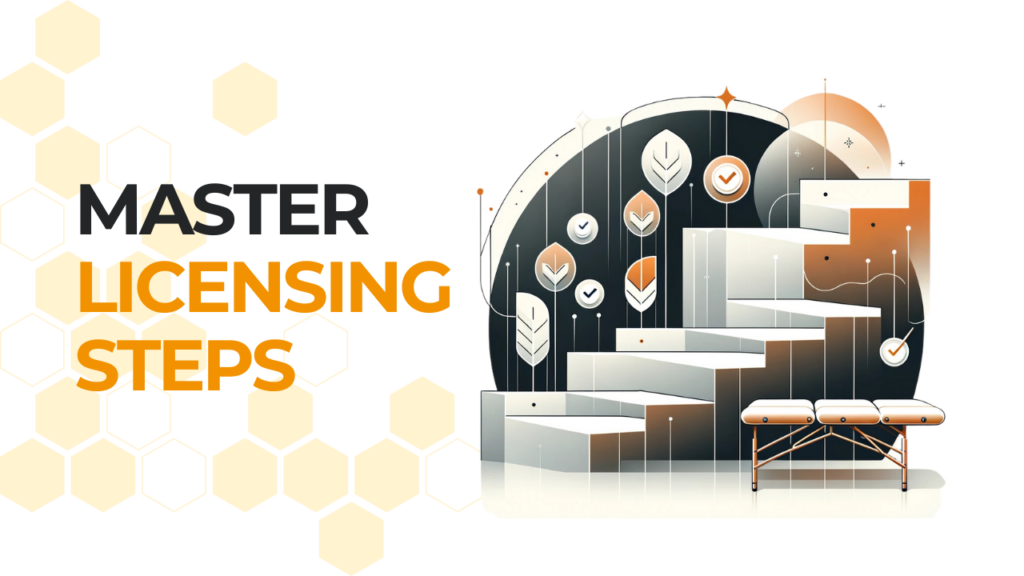Charting Your Path to a Rewarding Career
Becoming a Licensed Massage Therapist in Washington is a fulfilling journey with abundant career opportunities in a rapidly growing field. The demand for skilled massage therapists continues to increase, offering stability and a chance to make a meaningful difference in people’s lives. However, the path to licensure can feel overwhelming without clear guidance. Aspiring therapists often encounter challenges such as understanding educational requirements, preparing for exams, and managing financial commitments.
This guide outlines the essential steps, from meeting educational prerequisites to obtaining your license, empowering you with the knowledge and tools needed to confidently navigate the process and launch a successful career in massage therapy.
Mastering Washington State Licensing Requirements
Key Educational Prerequisites
Completing an approved massage therapy program is a fundamental step in obtaining licensure in Washington. The state mandates at least 625 hours of comprehensive training that includes:
- Anatomy and physiology: Understanding the body’s structure and systems to apply effective massage techniques.
- Kinesiology: Learning how muscles and joints function to tailor treatments for client needs.
- Pathology: Identifying common conditions and contraindications to ensure safe practice.
- Massage techniques and ethics: Gaining hands-on experience and understanding professional standards.
Ensure your chosen program is accredited and approved by the Washington State Department of Health. Verify that the curriculum aligns with state requirements to avoid delays during the licensing process.
Examination Essentials
To achieve licensure, candidates must pass two critical exams:
- Massage & Bodywork Licensing Examination (MBLEx): This national exam assesses your knowledge of core massage therapy concepts and practical applications.
- State jurisprudence exam: Familiarize yourself with Washington-specific laws and regulations to meet this state-mandated requirement.
Invest time in thoroughly preparing for both exams, as they are pivotal to your career progression.
Additional Certification Requirements
- CPR and first aid certification: These certifications are essential to ensure client safety in emergencies.
- HIV/AIDS training: Complete the required 4-hour course to meet state health education standards.
- Background checks: Undergo fingerprint-based screening to comply with state regulations and demonstrate professional integrity.
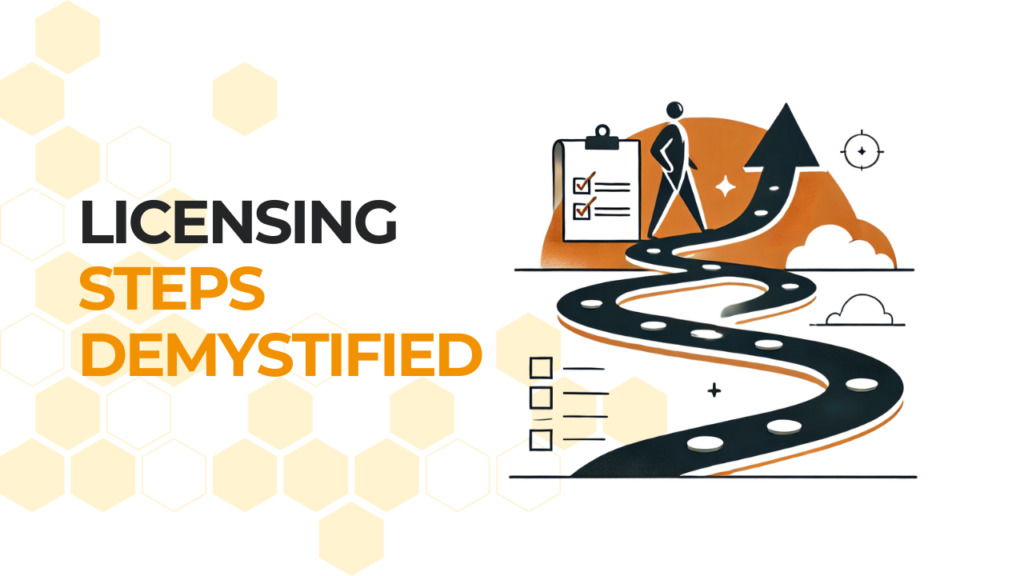
Choosing the Right Massage Therapy Program
What to Look for in a Program
Selecting the right school is crucial to your success. Consider the following:
- Accreditation: Ensure the program is recognized by Washington State authorities.
- Comprehensive curriculum: Verify that the courses cover all required topics in depth.
- Flexible schedules: Look for options that accommodate work or family responsibilities.
- Financial aid: Research scholarships, grants, and payment plans to manage costs effectively.
Helpful Tips
- Visit schools: Tour campuses to evaluate facilities, meet instructors, and observe the learning environment.
- Speak with alumni: Gain insights into their experiences, job placements, and satisfaction with the program.
Preparing for Your Licensing Exams
Study Tips for Success
- Use official MBLEx study guides for accurate and structured preparation.
- Join study groups to exchange knowledge and stay motivated.
- Create a consistent study schedule, allocating ample time for each subject area.
Exam Day Preparation
- Familiarize yourself with the format and structure of both exams to reduce anxiety.
- Practice time management by taking mock exams to ensure you can complete all sections within the time limit.
Navigating the Licensing Process
Application Requirements
- Submit a complete application to the Washington State Department of Health, including the $226 fee.
- Provide all required documentation, such as proof of education, exam results, and certifications.
Anticipating Timelines
Licensing applications can take several weeks to process. Submit your materials well in advance to avoid delays and ensure a smooth transition to your career.
Financial Planning for Your Career
Managing Costs
Tuition costs range from $7,000 to $15,000, depending on the program. Additionally, budget for:
- Textbooks and supplies
- Examination fees
- Licensing and renewal costs
For accurate record-keeping and documentation, use tools like a SOAP note template PDF to streamline client management and ensure compliance.
Exploring Financial Aid Options
- Research federal aid programs, including loans and grants.
- Apply for scholarships specifically designed for massage therapy students.
- Check if your chosen school offers flexible payment plans to ease financial pressure.

Building a Sustainable Career After Licensure
Career Paths for Licensed Massage Therapists
Licensed Massage Therapists can explore diverse opportunities, including:
- Spas and wellness centers: Provide relaxation and therapeutic services to a wide range of clients.
- Medical facilities: Collaborate with healthcare teams to support patients in rehabilitation.
- Fitness studios: Work with athletes to improve performance and recovery.
- Private practice: Establish your own business to create a personalized and flexible work environment.
Continuing Education Requirements
To maintain your license, Washington requires 24 hours of continuing education every two years. This must include:
- 8 hours of direct massage skills training: Stay updated on advanced techniques.
- 4 hours of professional ethics or state law reviews: Ensure compliance with evolving industry standards.
Investing in your professional development not only fulfills legal requirements but also enhances your skills and marketability.
Your Next Steps to Success
Becoming a Licensed Massage Therapist in Washington offers a meaningful career that seamlessly blends your passion for helping others with opportunities for professional and personal growth. With the right preparation and a clear understanding of the licensing process, you can confidently build a sustainable and fulfilling career in massage therapy, making a lasting impact on the well-being of your clients.
Frequently Asked Questions
Completing an approved massage therapy program typically takes 6 to 12 months. Additional time is required for exams and the licensing process.
The total cost, including tuition, fees, and certifications, ranges from $10,000 to $20,000. Financial aid options can help reduce out-of-pocket expenses.
Yes, many programs offer flexible schedules, including evening and weekend classes, to accommodate working students.
Beyond a fulfilling career helping others, LMTs enjoy flexible schedules, opportunities for self-employment, and the potential for steady income in a growing field.


